طوب حراري خفيف الوزن
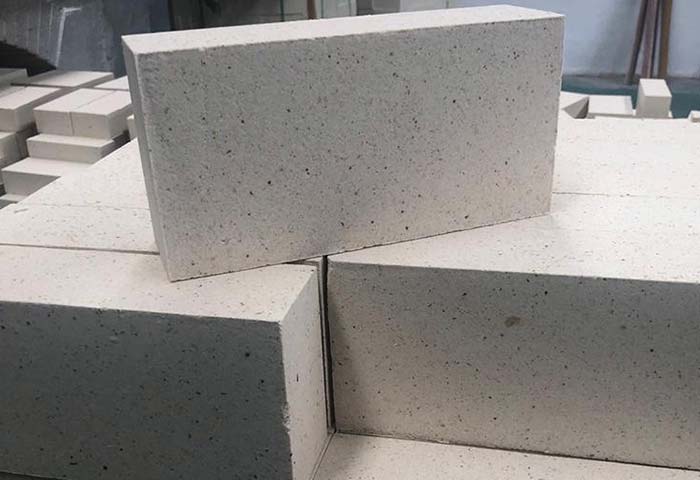
لكل الشركة المصنعة لبنة خفيفة الوزن يوفر مجموعة واسعة من أنواع الطوب الحرارية خفيفة الوزن, بالإضافة إلى المنتجات المخصصة لتلبية احتياجاتك في مجموعة متنوعة من المواصفات الفيزيائية والكيميائية. نحن نضمن أفضل جودة مع الحفاظ على سعر البيع بأكمله قدر الإمكان. نحن نؤمن بالصدق والنزاهة باعتبارنا الشركة المصنعة الأكثر ثقة والشريك الموثوق به.
على مر السنين, لقد قمنا بتزويد الطوب الحراري القياسي والطوب الحراري لمختلف الصناعات والشركات. فلسفتنا في الخدمة هي تقديم الخدمة بسرعة, نتائج عالية الجودة لجميع عملائنا.
تخضع منتجاتنا لاختبارات الجودة الصارمة لضمان الأداء الممتاز مع مرور الوقت.
لكل شركة حرارة لديها مخزون كبير من الطوب الحراري خفيف الوزن عالي الجودة. اتصل بنا اليوم للحصول على سعر أفضل على الطوب الخفيف.
أنواع الطوب الحراري الخفيف الوزن
يمكن تصنيف المواد الخام لطوب الحراريات الخفيفة الوزن على أنها طين, السيليكون, الألومنيوم, وموليت. الطوب خفيف الوزن معزول لأنها تحتوي على العديد من المسام (كلاهما مغلق ومفتوح). تشمل طرق التسبب في المسامية إضافة المواد القابلة للاحتراق, الرغاوي, والمواد الكيميائية.
نظام الطوب الحراري خفيف الوزن هو بنية مسامية في الداخل, مع خصائص العزل للمنتجات الحرارية العزل الثابت, المعروف أيضًا باسم الطوب الحراري العازل الخفيف. وفقا للمواد الخام المستخدمة, يمكن تقسيم الطوب الحراري الخفيف إلى الطين. سيليسي. ألومينا عالية. طوب خفيف الوزن, مثل المغنيسيا.
تبلغ درجة حرارة استخدام الطوب الحراري الخفيف العزل حوالي 900 ~ 2000 ℃.
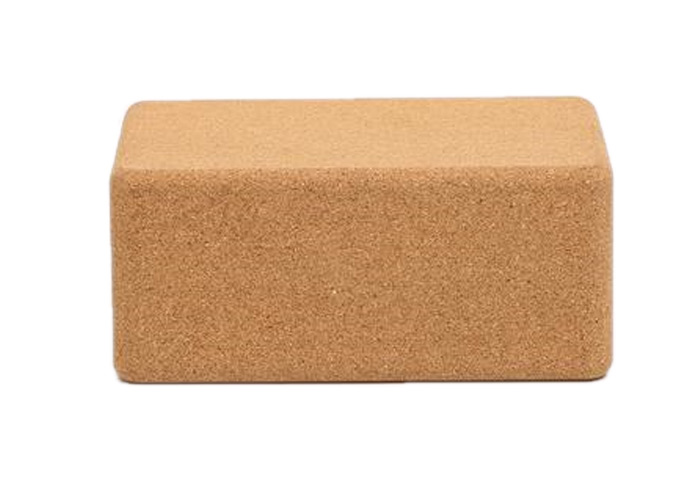
طوب عزل الطين خفيف الوزن
يتكون لبنة عزل الطين خفيفة الوزن من الطين الحراري كمواد خام رئيسية لمحتوى AL2O3 بنسبة 30 ٪ ~ 48 ٪ من المنتجات الحرارية العازلة.
تعتمد عملية الإنتاج طريقة مضافة الاحتراق وطريقة الرغوة. إنه مصنوع من الطين الحراري, خرز الانجراف, كلاير الصلبة الحرارية كمواد خام, إضافة الموثق والنشر, ويتم تصنيعه من خلال الدفع, خلط, صب, تجفيف, وإطلاق النار. الكثافة الجزء الأكبر هي 0.31.5 جم/سم 3. منتج. يمثل إنتاج طوب عزل الطين الخفيف أكثر من نصف الإنتاج الكلي للطوب الحراري العازلة.
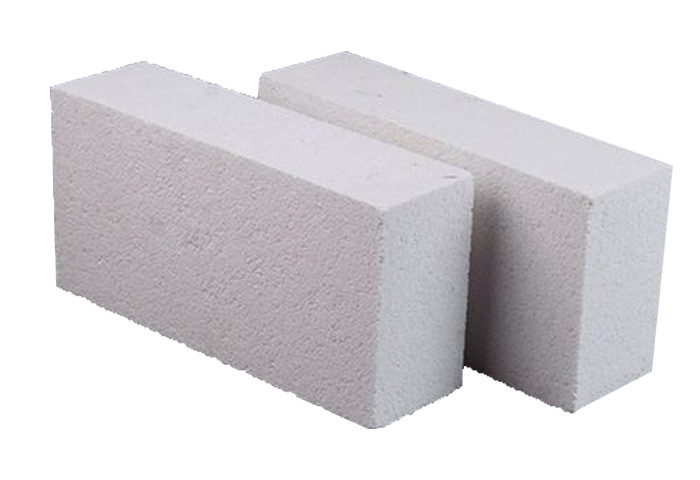
لبنة ألومينا خفيفة الوزن جوفاء
ويطلق على ألومينا جوفاء الطوب خفيفة الوزن أيضًا لبنة عزل الحرارة عالية الألومينا. محتوى الألومينا أعلاه 48%, تتألف بشكل أساسي من الطور المولت والزجاج أو corundum معًا. لديها كثافة كبيرة من 0.4-1.35 جم/سم 3, مسامية 66%-73%, قوة ضغط من 1-8MPA, ويستخدم على نطاق واسع في أفران النفق السيراميك, الأسطوانة, الفرن المكوكية, و kilns الجدار. وكذلك في مختلف أفران التدفئة والكوك وغيرها من المعدات الحرارية وبطانة المعالجة الحرارية في صناعة الصلب. إلخ.
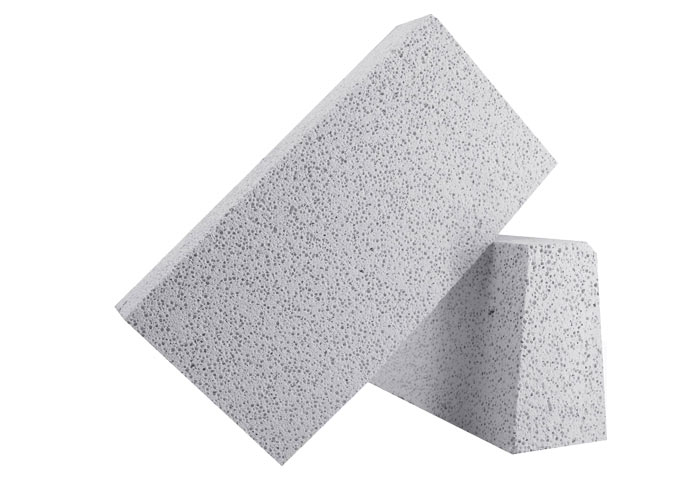
طوب عزل مولت خفيف الوزن
طوب موليت خفيف الوزن مصنوعة من ألواح مستوردة من corundum و corundum عالي النقاء كمواد خام رئيسية. مقاومة درجات الحرارة العالية حتى 1790 ℃ أو أكثر.
تحميل التليين درجة حرارة 1600-1700 ℃, قوة ضغط درجة حرارة الغرفة 70-260MPa, مقاومة جيدة للصدمات الحرارية, قوة عالية, معدل زحف منخفض عند درجة حرارة عالية, معامل التوسع المنخفض, معامل حراري صغير, مقاومة لتآكل الخبث الحمضي.
ويمكن أن يقلل بشكل كبير من وزن جسم الفرن ذي درجة الحرارة العالية, تحويل الهيكل, حفظ المواد, وفر الطاقة, وتحسين كفاءة الإنتاج.
إنه مناسب لعزل الفرن الكهربائي, أفران دوارة مختلفة درجات الحرارة العالية, أفران النفق, أفران الغاز النيتروز, إلخ.
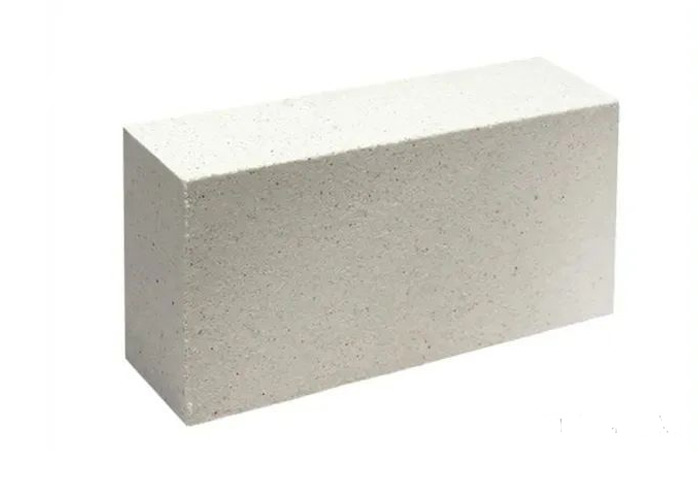
طوب عزل السيليكا خفيف الوزن
يتكون قرميد عزل السيليكون الخفيف من السيليكا مثل المواد الخام الرئيسية لمحتوى SiO2 لا يقل عن 91% من منتجات العزل الحراري.
الكثافة الكبيرة من الطوب السيليكون الخفيف من 0.91.1g/cm3. الموصلية الحرارية ليست سوى نصف لبنة السيليكون العادية, لديه اهتزاز جيد مقاومة الحرارة, وحمله تليين درجة حرارة تصل إلى 1600 ℃, أعلى بكثير من الطين الطين من الطوب.
لذلك, أعلى درجة حرارة استخدام سيليكا عزل الطوب يمكن أن تصل إلى 1550 ℃. لا يتقلص في درجات حرارة عالية وله توسع طفيف.
مزايا الطوب الخفيف التي تنتجها كل الحرارية
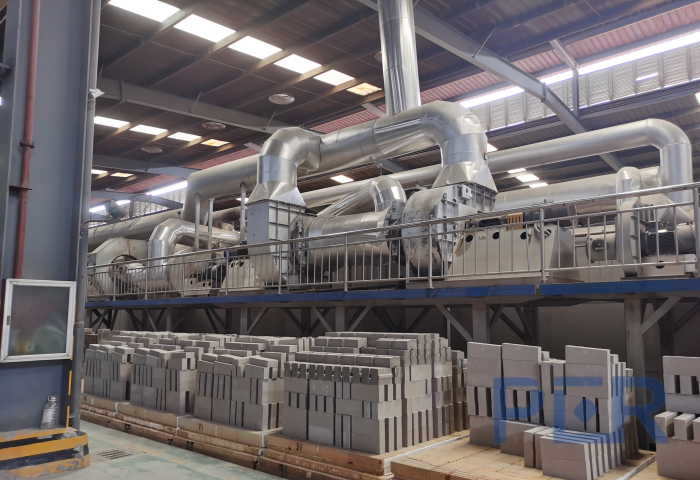
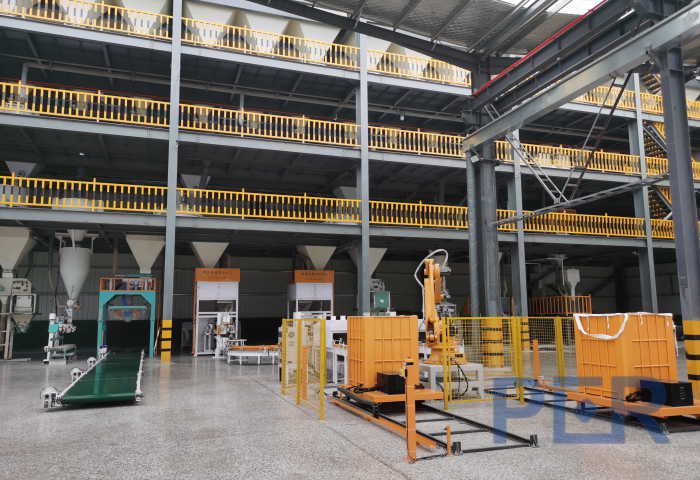
1. خفيف الوزن: أهم خاصية الطوب الخفيف هو وزنها. هذه الطوب أخف بكثير من الطوب التقليدي, مما يجعلها أسهل في التعامل معها ونقلها.
2. العزل الحراري: الطوب خفيف الوزن لها خصائص عزل حرارية جيدة. لديهم توصيل حراري أقل من الطوب التقليدي, مما يعني أنه يمكن أن يساعد في تنظيم درجة حرارة المبنى بشكل أكثر كفاءة.
3. مقاومة الحريق: العديد من الطوب الخفيف مقاوم للحريق, جعلها مثالية للمباني في المناطق المعرضة للحرائق أو أنواع أخرى من الحرائق.
4. عزل الصوت: الطوب خفيف الوزن أيضًا امتصاص جيد للصوت, جعلها خيارًا ممتازًا للمباني في المناطق الصاخبة.
5. صديقة للبيئة: العديد من الطوب الخفيف مصنوع من مواد معاد تدويرها, مما يجعلهم خيارًا صديقًا للبيئة.
6. فعالة من حيث التكلفة: عادة ما تكون الطوب الخفيف أقل تكلفة من الطوب التقليدي, جعلهم خيارًا فعالًا من حيث التكلفة لمشاريع البناء.
لكل حراريات هي الشركة المصنعة المحترفة لطوب النار الحراري. تقدم الطوب الخفيف التي ننتجها مجموعة متنوعة من المزايا, بما في ذلك وزنهم, الأداء الحراري, مقاومة الحريق, عزل الصوت وفعالية التكلفة. بسبب مجموعة واسعة من المواد المستخدمة لتصنيع الطوب الخفيف الوزن, يمكن للبنائين اختيار المواد التي تلبي احتياجاتهم المحددة.
طريقة إنتاج الطوب الخفيف
سبب العزل الحراري للطوب الخفيف للوزن هو أن الطوب المقاوم للحريق يحتوي على العديد من المسام (مسام مغلقة ومفتوحة). الطرق التي تسبب المسامية, أي.
طريقة إنتاج الطوب الخفيف
1. إضافة مواد قابلة للاحتراق. أضف الكمية المناسبة من إضافات الاحتراق إلى الوحل, مثل نشارة الخشب. مسحوق الفحم. مسحوق اللجنين أو الخث كوكاكولا. مسحوق الفحم الكوكي البترول. قذائف الجوز, إلخ. يتم حرق الملحقات عندما يتم إطلاق الطوب المقاوم للحريق لتشكيل المسام. عندما يتم حرق الملحقات, يجب أن يكون الرماد أقل.
2. طريقة الرغوة. أضف عامل رغوة إلى الوحل, بحيث ينتج الطين الفقاعات. وأضف عامل إصلاح لتحقيق الاستقرار في الفقاعات التي تم تشكيلها.
3. طريقة كيميائية. أضف كربونات وحمض, القلوية الكاوية, الألومنيوم, أو المعادن والحمض إلى الوحل. يتم إنتاج الغاز عن طريق التفاعل الكيميائي لجعل المنتج يحصل على مسام الهواء.
حول شركة الحراريات PER
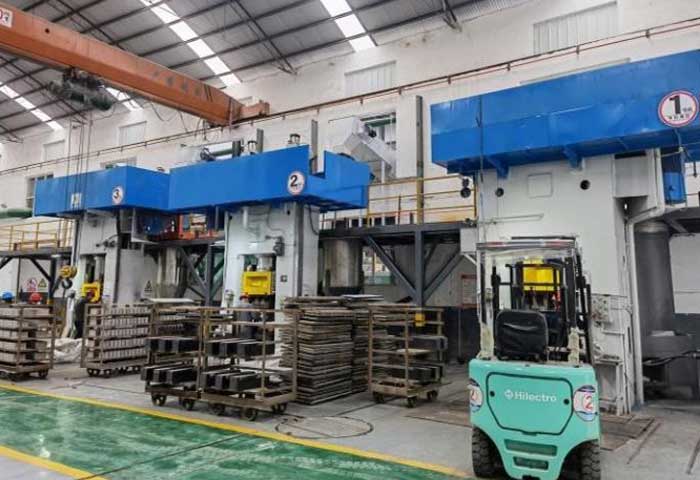
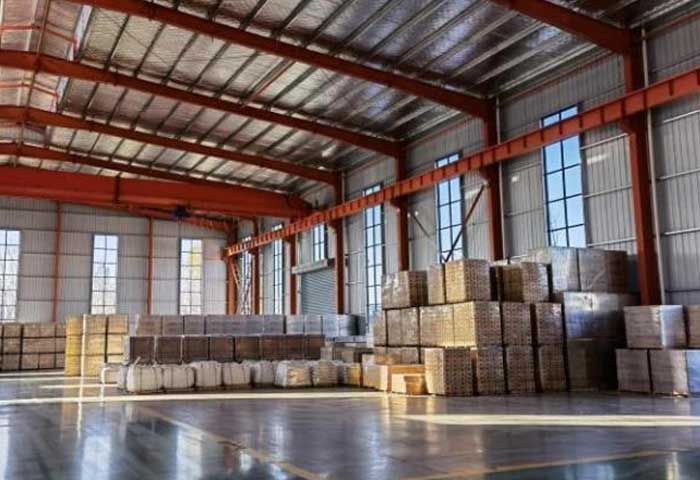
شركة الحراريات PER موجود في مدينة شينمي, مقاطعة خنان, مسقط رأس المواد الحرارية في الصين. شركتنا هي مؤسسة حرارية قائمة على التكنولوجيا تدمج R.&د, إنتاج, مبيعات, والخدمات الفنية. توفر الموارد الغنية والجودة الممتازة في الإقليم ظروفًا فائقة لا مثيل لها لإنتاج المواد المقاومة للحرارة. منتجاتنا الرئيسية هي الطوب الطيني الحراري, طوب حراري عالي الألومينا, طوب السيليكا المقاوم للحرارة, طوب حراري المغنيسيوم, طوب موليت, طوب العزل, وغيرها من المنتجات المقاومة لدرجات الحرارة العالية.
يعتبر PER أهم شيء, نحن نؤمن بأخذ كل منتج على محمل الجد واستقبال كل عميل بإخلاص. لتوفير نتائج سريعة وعالية الجودة لجميع عملائنا. سوف تكون شركة PER Refractories هي الشركة المصنعة للمواد الحرارية الأكثر جدارة بالثقة والشريك الذي يمكن الاعتماد عليه.
شركة PER للحراريات هي قاعدة إنتاج الأخضر, توفير الطاقة, ومواد حرارية جديدة صديقة للبيئة. لقد حصلت شركتنا على شهادة ISO9001:2008 شهادة نظام الجودة الدولية و GB / T24001-2004 / ISO14001:2004 شهادة نظام الإدارة البيئية, شهادة وكالة فحص جودة المؤسسة. منتجاتنا تباع بشكل جيد في أكثر من 20 البلدان في جميع أنحاء العالم. هم المنتجات الحرارية المفضلة لعلم المعادن, غير حديدية, البتروكيماويات, زجاج, سيراميك, وغيرها الصناعات الحرارية.
